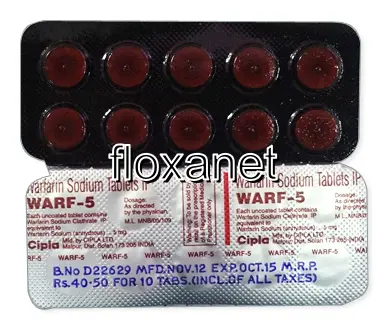| Package | Dosage | Price | Price per Dose | |
|---|---|---|---|---|
| Dosage: 1mg | ||||
| 360 pill | 1mg | NZD433.89 | NZD1.21 | |
| 180 pill | 1mg | NZD238.63 | NZD1.33 | |
| 120 pill | 1mg | NZD178.36 | NZD1.49 | |
| 90 pill | 1mg | NZD142.20 | NZD1.59 | |
| 60 pill | 1mg | NZD103.63 | NZD1.71 | |
| 30 pill | 1mg | NZD55.42 | NZD1.86 | |
| Dosage: 2mg | ||||
| 360 pill | 2mg | NZD520.67 | NZD1.45 | |
| 180 pill | 2mg | NZD282.02 | NZD1.57 | |
| 120 pill | 2mg | NZD202.47 | NZD1.69 | |
| 90 pill | 2mg | NZD163.90 | NZD1.83 | |
| 60 pill | 2mg | NZD122.92 | NZD2.05 | |
| 30 pill | 2mg | NZD69.88 | NZD2.36 | |
| Dosage: 5mg | ||||
| 360 pill | 5mg | NZD580.94 | NZD1.62 | |
| 240 pill | 5mg | NZD409.78 | NZD1.71 | |
| 180 pill | 5mg | NZD342.28 | NZD1.90 | |
| 120 pill | 5mg | NZD260.32 | NZD2.17 | |
| 90 pill | 5mg | NZD216.93 | NZD2.41 | |
| 60 pill | 5mg | NZD147.02 | NZD2.43 | |
| 30 pill | 5mg | NZD77.12 | NZD2.58 | |
| 20 pill | 5mg | NZD55.42 | NZD2.72 | |
| 10 pill | 5mg | NZD26.49 | NZD2.75 | |

Warfarin Description
Introduction to Warfarin
Warfarin is a widely used anticoagulant medication that helps prevent blood clots. It is often prescribed for patients with conditions such as atrial fibrillation, deep vein thrombosis (DVT), pulmonary embolism, and certain heart valve disorders. By inhibiting certain clotting factors, warfarin reduces the risk of stroke, embolism, and other serious clot-related complications. As an oral medication, it offers convenience for many patients who require ongoing blood clot management.
How Warfarin Works
Warfarin works by blocking the action of vitamin K, a vital component in the production of several clotting factors in the liver. This inhibition leads to a decrease in the blood’s ability to form clots. The effect of warfarin can take several days to become fully evident, as it depends on the turnover of existing clotting factors. Due to its mechanism, careful monitoring of blood clotting parameters, such as the International Normalized Ratio (INR), is essential to ensure safe and effective therapy.
Effectiveness and Benefits
Many patients find warfarin to be highly effective in reducing the risk of life-threatening clots. Its long history of use provides a well-established safety profile when managed properly. The ability to regularly monitor INR levels allows healthcare providers to adjust doses and maintain optimal anticoagulation, minimizing both clotting risks and bleeding complications. Warfarin’s affordability and availability also make it an accessible choice for many individuals needing blood-thinning therapy.
Potential Risks and Side Effects
While warfarin is effective, it does carry certain risks. The most significant is bleeding, which can range from minor bruising to severe hemorrhages. Patients must be vigilant and report any unusual bleeding or symptoms such as blood in urine or stools. Other side effects may include skin necrosis, hair loss, and less commonly, allergic reactions. It is crucial to maintain consistent medication intake and avoid interactions with other drugs, foods, or supplements that can alter warfarin’s effect.
Monitoring and Precautions
Regular blood tests to measure INR are vital for safe warfarin therapy. The target INR range varies based on individual conditions but generally falls between 2.0 and 3.0. Patients taking warfarin should inform healthcare providers before starting any new medications or changes in diet. For example, foods rich in vitamin K, such as leafy greens, can reduce warfarin’s effectiveness, while alcohol consumption can interfere with its metabolism. Proper patient education ensures better management and minimizes risks.
Patient Considerations
Patients on warfarin need to be aware of their lifestyle and potential interactions. Consistency is key for maintaining stable INR levels. Using a medication diary or smartphone app to track doses, diet, and health status can be beneficial. In addition, patients should carry identification indicating they are on anticoagulant therapy and should inform healthcare providers during medical procedures. Despite its drawbacks, with careful management, warfarin remains a reliable option for many requiring long-term anticoagulation.
